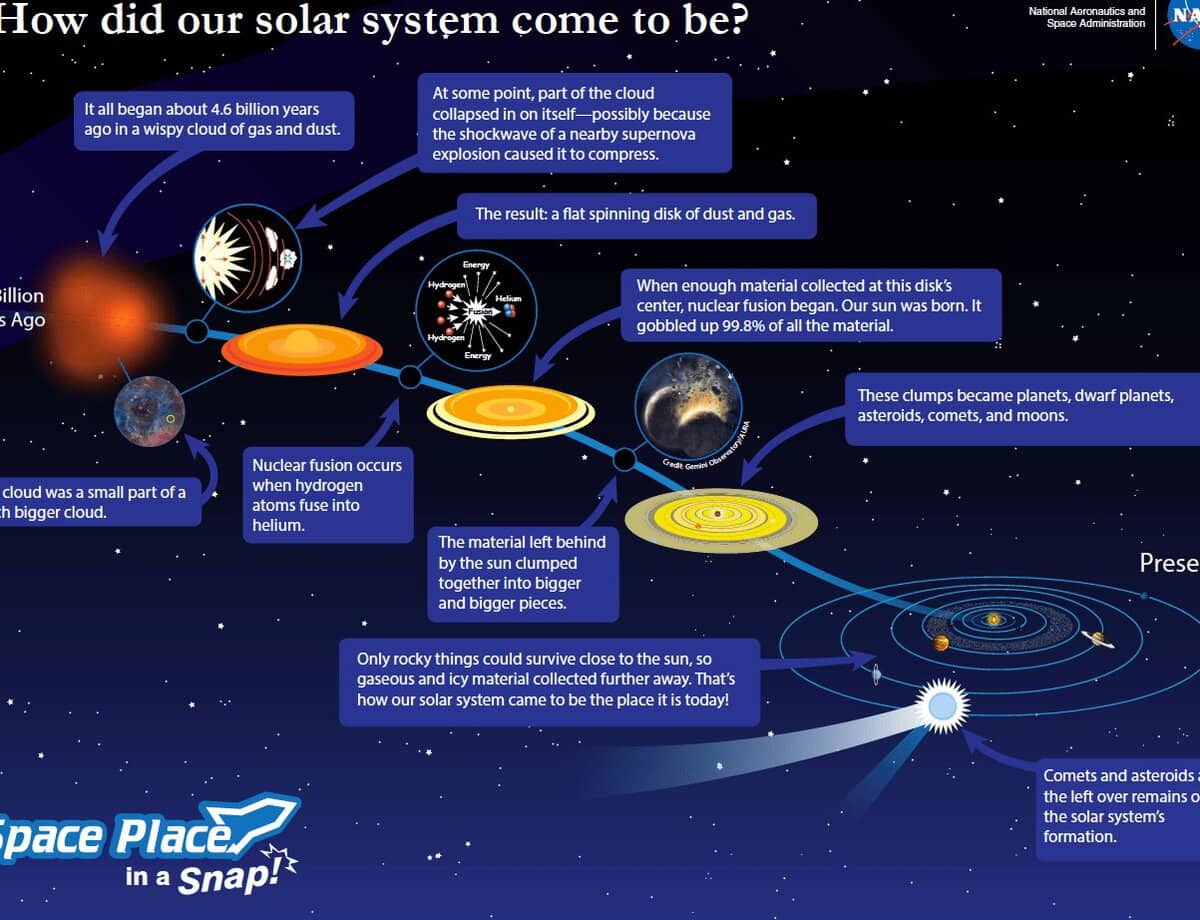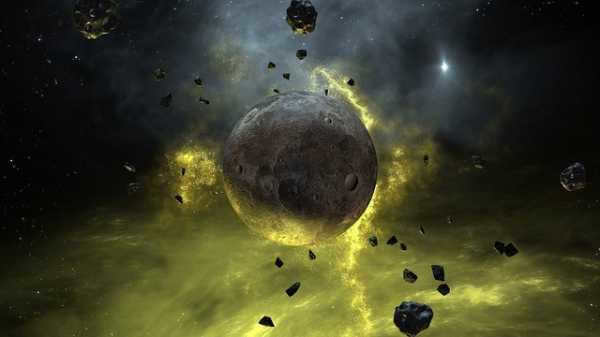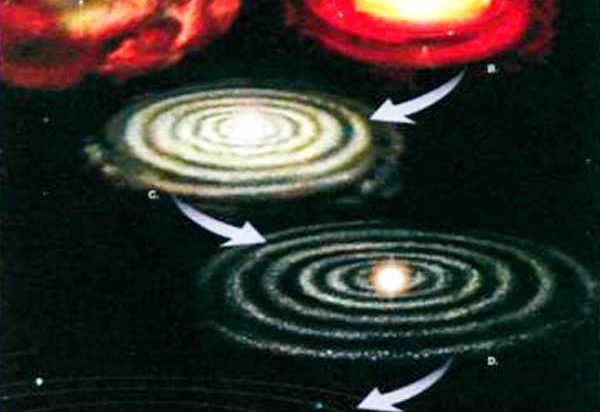
When a star is in its infancy, it is always encircled by a primary rotating disk composed of gas and dust, from which celestial bodies are formed. Astronomers are constantly on the lookout for these structures because they can capture the moment not only of star formation, but also document the process of planet formation.
However, the task of finding such disks around brown dwarfs or very low-mass stars proves to be exceedingly challenging. Nevertheless, this time, scientists have made a breakthrough and discovered four(!) new low-mass objects that are surrounded by disks.
Three of these objects are remarkably diminutive, measuring only 13 or 18 times the mass of Jupiter. The fourth object is approximately 120 times the mass of Jupiter (for reference, the Sun is 1000 times the mass of Jupiter).
What is even more fascinating is that the two stars are approximately 42 and 45 million years old. Remarkably, these are the most youthful entities ever discovered, encircled by dynamic disks that are in the process of forming planets.
The discovery of a gas-dust cloud associated with a brown dwarf of incredibly low mass is even more intriguing as it provides us with an opportunity to gain significant insight into the progression of stars and planets.
What is the process of formation and evolution of celestial structures?
Within the gas-dust disk, the collision and merging of dust particles lead to the formation of larger fragments, which then grow into rocks. This marks the beginning of the planetesimal stage, followed by the development of planetary embryos. Eventually, these embryos transform into rocky Earth-like planets, some of which may even become the cores of gas giants.
Astronomers commonly detect gas-dust clouds by observing the heating of surrounding dust caused by a star. This heating gives the dust specific properties that make it visible to telescopes equipped with infrared cameras.
How can we determine if planet formation is finished?
However, certain disks indicate that the formation of celestial bodies has ceased and is now complete. These disks consist of debris leftover from the planet formation process and from subsequent collisions between already-formed celestial objects. Eventually, these remnants of dust disperse into the space between planets.
Some disks even serve as a transitional stage between the various phases of planet formation and the conclusion of the formation process.
It is crucial for scientists to differentiate between these types of disks as it allows them to better understand the birth and evolution of planetary systems, including our own solar system, over time.
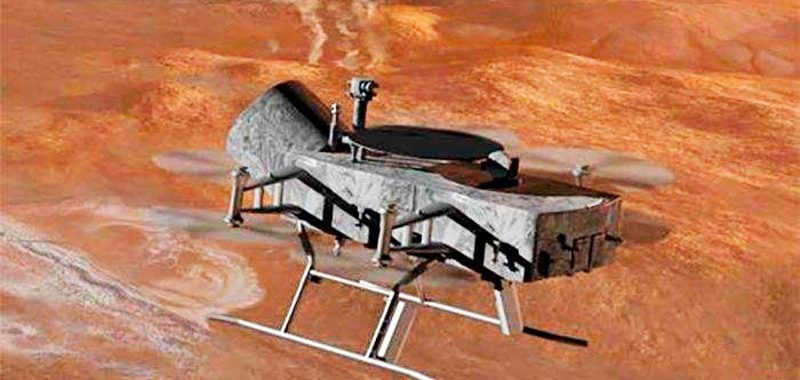
Astronomers have been captivated by Titan for numerous years because of its dense atmosphere filled with hydrocarbons. The Cassini-Huygens project, which has been investigating Saturn and its moons since 2004, has only increased the fascination with this celestial body. Titan is an extraordinary aquatic planet with intricate chemical processes, […].
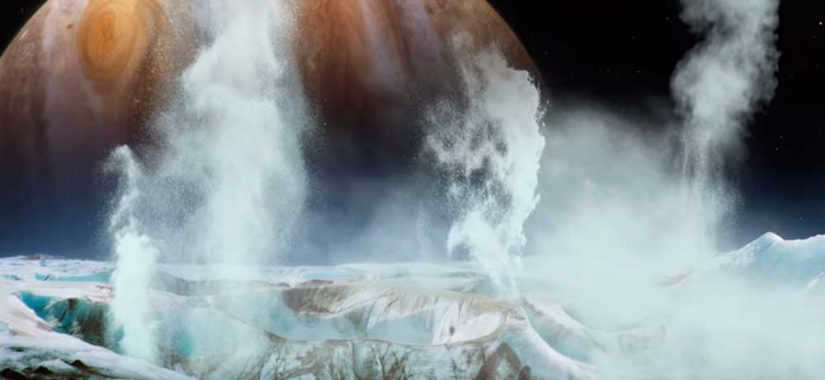
The Hubble telescope has taken pictures that reveal water vapor stretching from the surface of one of Jupiter’s moons. This discovery adds to previous Hubble observations that also captured plumes of vapor at high altitudes on the icy moon. The exceptional capabilities of the Hubble telescope enabled it to capture these formations, further showcasing its ability to make unexpected discoveries.[…]
SPACEPHOTOS.ru
Welcome to SPACEPHOTOS.ru, the website dedicated to Space, Universe, and Astronomy. Here you will find the most fascinating facts about space, planets, asteroids, meteorites, stars, as well as insights into the mysteries of space and earth anomalies, UFOs, and black holes. We also cover the history of space exploration and provide the latest science news. Dear readers, we value your input! Please feel free to contact us through the “Contact Us” page to let us know what topics you would like to read more about or what information you feel is missing. Additionally, we encourage you to leave comments and share links on social networks. Thank you for your support!
Newest additions
Categories
- ASTRONOMY PHOTOGRAPHY
- Unlubricated
- READER'S OPINION
- ASTOUNDING FACTS
- ALIENS
- COSMIC NEWS
- SPACE EXPLORATION
- USEFUL RESOURCES
- VARIETY
- SOLAR SYSTEM
- ENIGMAS OF THE UNIVERSE
- SPACE FILMS
Advertisements
Text:
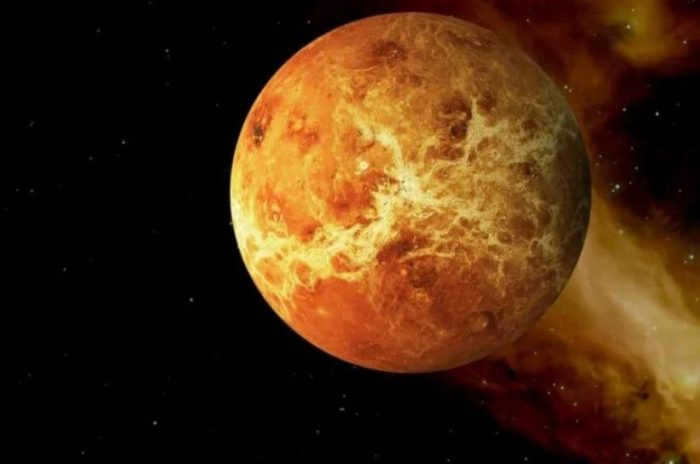
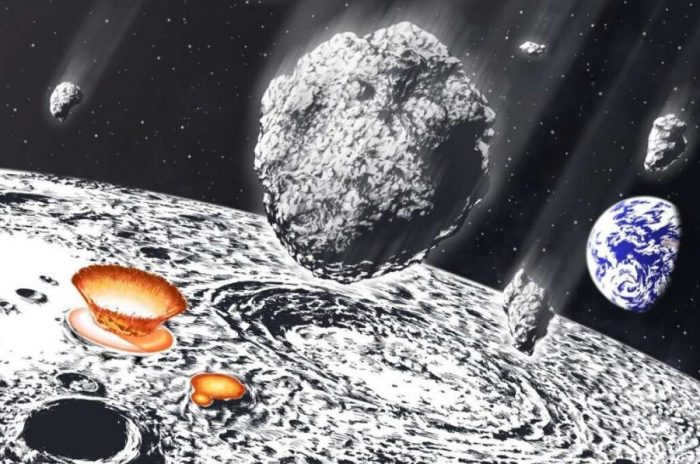
December 21, 2020 – Astronaut with no feedback
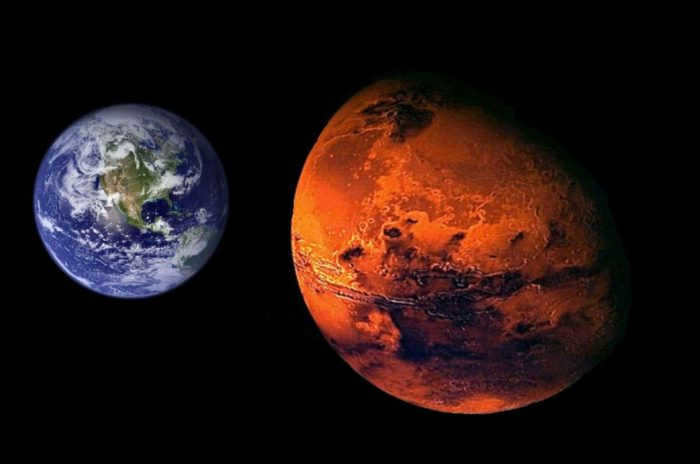

July 26, 2020 – Astronaut No comments
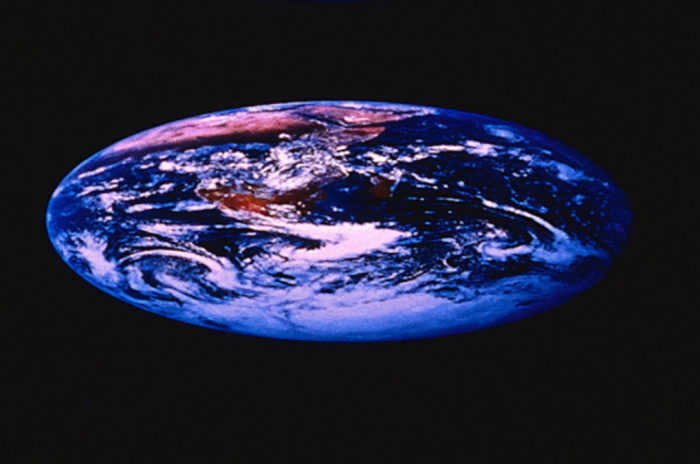
May 17, 2020 – Astronaut No comments
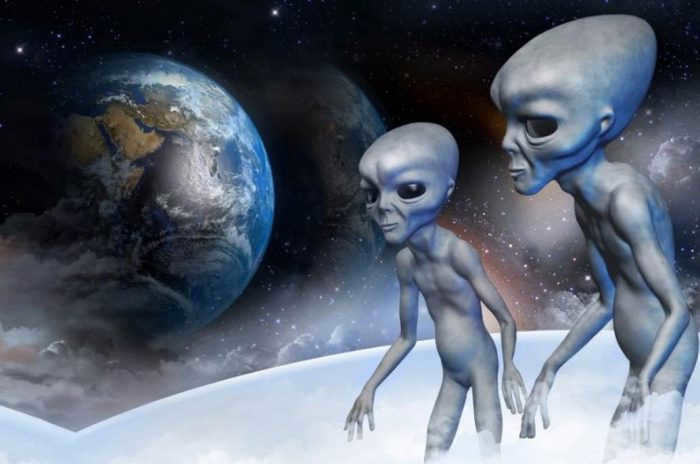
April 17, 2020 – Spaceman No reviews
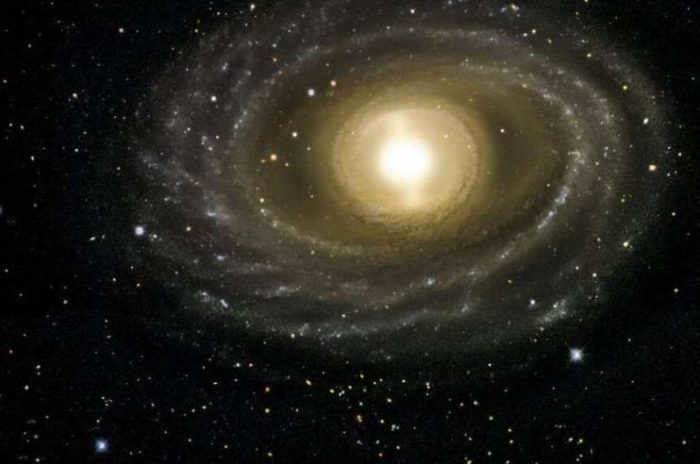
August 14, 2020 – Astronaut No comments
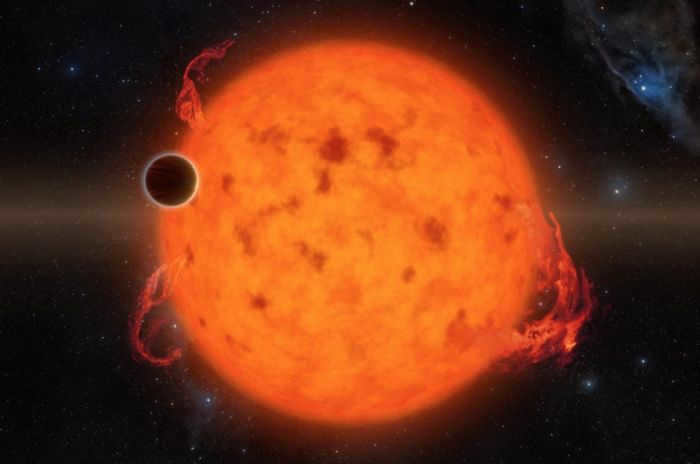
July 27, 2020 – Astronaut No remarks
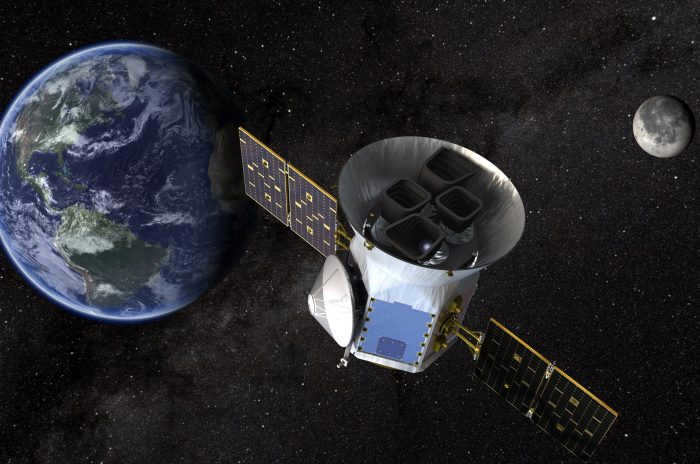
05.01.2020 – Spaceman No comments
Latest Comments:
- Victoria commented on the post about selecting a physics tutor
- Egor commented on the post about the search for dark matter using radio
- Petya commented on the post about an unknown planet in the Solar System
- Svss commented on the post about the birth of a new planet in the Taurus constellation
- Andrew commented on the post about civilizations in distant space and contact
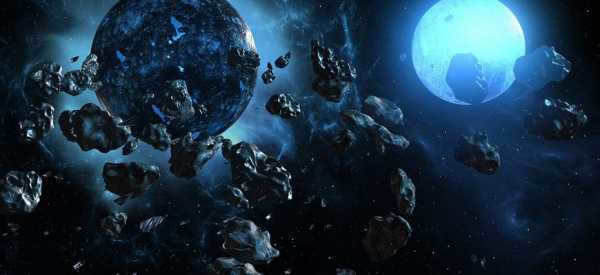
The Solar System
We inhabit a remarkable and diverse world, one that often appears implausible. Let us briefly and lucidly comprehend the genesis of the solar system.
Our planet Earth encircles a star, alongside several other planets, comets, and satellites. Collectively, they constitute the solar system, for which various theories on its origin exist. However, all of them essentially converge on one point: the solar system took shape as a consequence of gravitational forces.
Gravity, undoubtedly, is instrumental, but it necessitates raw materials – the substances from which gravity “fashioned” the solar system, namely planets, satellites, and comets.
The Origins of the Sun
Let’s start by exploring the age of our solar system. Recent scientific research suggests that the birth of the solar system took place approximately 4.6 billion years ago within a molecular cloud. This cloud was located in the Milky Way galaxy, which itself formed around 13.6 billion years ago.
Naturally, one might wonder what existed in the location where our solar system now resides.
Based on the latest scientific findings, our Sun is classified as a second-generation star. How is this possible, you may ask? The explanation is rather straightforward.
First-generation stars are those that formed shortly after the Big Bang. These early stars were primarily composed of hydrogen and helium.
Our Sun is the remnants of an initial star. In other words, it is not a “pure” star – our Sun contains heavy elements in addition to hydrogen and helium. These heavy elements were created in the initial star through thermonuclear reactions.
The initial star was very large and quickly burned through its hydrogen fuel. As a result, it exhausted all of its hydrogen and started burning helium, causing the star to expand and become a red giant.
However, the star couldn’t expand indefinitely and eventually exploded, shedding its outer layers and becoming a supernova.
After the explosion, a molecular cloud formed around the new star, providing the building blocks for the formation of the solar system.
Undoubtedly, new research is constantly being conducted, and scientific progress is relentless, which means that theories about the formation of the solar system will continue to be refined and adjusted over time. However, it is crucial for us to grasp the fundamental principles underlying the creation of our solar system.
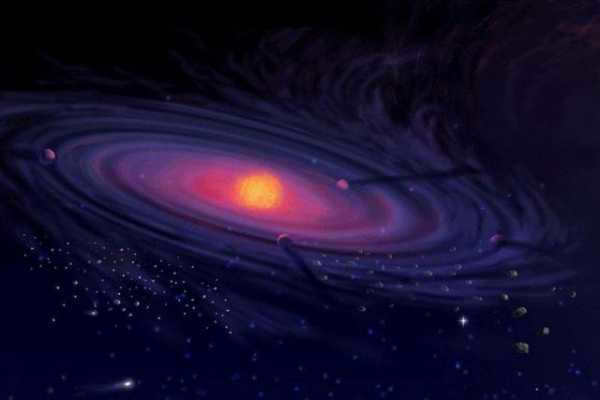

Protosun and protoplanets, depicted by an artist.
The Development of the Solar System
Over a prolonged period, scientists held the belief that the solar system remained largely unchanged throughout its entire existence. However, recent research has revealed that the solar system underwent continuous evolution.
It has now been discovered that the solar system was compact, with the Kuiper Belt positioned much closer to the Sun. Furthermore, intriguingly, there were additional planets within the solar system that were comparable in size to Jupiter. Let us now examine each stage of the solar system’s evolution.
The terrestrial planets
During the final stages of formation, the solar system contained approximately 50 to 100 protoplanets. It’s important to note that a protoplanet is not a fully developed planet, but rather the embryonic stage of a planet that has undergone internal fusion.
Thus, there were roughly one hundred of these protoplanets in the solar system, which collided and merged over hundreds of millions of years. This resulted in the creation of the four known terrestrial planets. Additionally, there is a theory that the Moon formed from a collision between Earth and another protoplanet when our planet was still in its early stage of development.
Asteroid belt
It is common knowledge that there exists an asteroid belt between Mars and Jupiter. It has long been theorized that a planet once occupied this space but was destroyed, resulting in the formation of the belt.
Recent studies have cast doubt on this hypothesis. Initially, there was enough material in this region to create two or three planets similar to Earth.
While this may have been the case initially, the formation of the gas giant Jupiter relatively close by caused the orbital forces to eject many protoplanets from the belt. Some were propelled towards the inner solar system, contributing to the formation of the terrestrial planets and possibly even Earth’s Moon. Others were propelled towards the outer regions of the solar system.
According to the hypothesis of the origin of the solar system, Uranus and Neptune are in an unconventional position. Their current locations are inconsistent with where they could have formed. According to the solar system origin theory, Uranus and Neptune were initially located near Saturn and Jupiter.
Due to the influence of protoplanets, which had not yet fully formed into planets, Saturn and Jupiter entered into a state of orbital resonance. This occurred approximately 4 billion years ago, taking into account the estimated age of the solar system, which is around 4.6 billion years.
What transpired was that Saturn completed one revolution around the Sun, while Jupiter completed two revolutions simultaneously. As a result, there was gravitational pressure exerted on the outer planets.
The consequences of this event were so significant that Uranus and Neptune, two planets in our solar system, were propelled to the outer edges. A similar phenomenon also explains the formation of the Kuiper belt and the Oort Cloud.
Planetary Bombardment
During the planetary migration, there was an active bombardment of the planets. As numerous protoplanets were ejected towards the outer and inner boundaries of the solar system, the planets experienced intense meteor bombardment. We can still observe the aftermath of these collisions on the Moon and Mercury, in the form of massive craters.
All of these events occurred approximately four billion years ago, and now such collisions are extremely rare.
The most recent collision took place in 2009 when an unidentified object crashed into Jupiter. The impact resulted in a large dark spot on the planet, which was roughly the size of the Pacific Ocean.
All of this indicates only one thing: the ongoing evolution of the solar system.
The Formation of Planetary Satellites
Satellites were formed according to three fundamental principles:
- Formation occurred from the nearby planetary disk.
- Formation occurred after a collision, through tangential territory.
- Formation, or more specifically, the capture of an object.
Our world is constantly changing, and the evolution of the solar system continues. We used to believe that the solar system would remain unchanged and its current appearance would last indefinitely, but that is not the case. Let us now peer into the future.
The future of the solar system
One might wonder, at what point in the formation of the celestial bodies did the solar system reach? The solar system has reached its full formation and is now in a stable state.
Recent scientific findings indicate that the solar system is a stable entity. Therefore, significant changes are not expected to occur in the foreseeable future. The most notable changes will likely occur as a result of variations in the Sun’s condition.
The Sun
The Sun serves as the primary source of life on our planet, but in the future, it will also spell doom for all living organisms on Earth.
Being an enormous reservoir of energy, the Sun relies on hydrogen as its fuel. However, as this hydrogen supply dwindles, the Sun’s temperature will steadily rise. In approximately one billion years, the Sun’s temperature will increase by 10%.
So, what does this mean for Earth? Within the next billion years, significant changes will occur. It will become nearly impossible to inhabit our planet as the oceans start evaporating, consequently triggering the greenhouse effect.
This process will continue for an extended period, culminating in the cessation of life on Earth in approximately 3.5 billion years. At this point, humanity will face two alternatives: either burrow deep underground or evacuate the planet altogether.
While seeking refuge underground is a viable option, living like moles will likely be an unappealing prospect for most individuals.
However, the Sun’s relentless burning of hydrogen will eventually cause it to grow larger and transform into a red giant in approximately 7.5 billion years.
During this transformation, the Sun will expand to a size 256 times its current size. As a result, Mercury, the closest planet to the Sun, will be engulfed and destroyed, followed by Venus, the second planet in our solar system.
The fate of Earth during this time is uncertain. Living on the planet’s surface will become impossible, even deep underground. Whether Earth will ultimately be consumed by the expanding Sun remains an unanswered question.
As the Sun continues to expand, it will increase in size by a factor of a thousand. Eventually, the Sun will shed its outer shell, creating the potential for the formation of new planets or stars.
Once the outer shell is discarded, the Sun will transform into a white dwarf. This process will result in a loss of mass for the star, leading to a disruption of gravitational forces.
There is a possibility of planets colliding or drifting apart, leading to a significant change in the orbits of the remaining planets.
The Sun’s transformation into a white dwarf will continue, eventually resulting in it becoming a black dwarf in the future.
Subsequently, the solar system will become dark and cold, rendering life on the remaining planets impossible. This will mark the end of it all.
The entire process, from the birth to the death of a star, spans a duration of 12.5 billion years. The current age of our solar system is 4.6 billion years, indicating that we are approximately halfway through its lifespan.
What Awaits Humanity in the Future
We have come a long way from the birth of our solar system to the present, considering various theories about its origins. However, one conclusion can be drawn: life on planet Earth cannot last forever. Sooner or later, mankind will be faced with a choice and will have to leave the planet.
In the near future, Mars may serve as a refuge for humanity, but eventually it too will become uninhabitable.
Another option is to seek shelter deep underground, where life can be sustained by the planet’s internal heat.
It’s impossible to predict the course of human technological advancements in the future. It’s conceivable that we may transform the entire planet into a colossal spacecraft, enabling mankind to venture into other galaxies and explore new worlds. In these uncharted territories, a fresh home and solar system could be constructed, offering a chance for history to be rewritten and the origins of the solar system to be reexamined. However, the true extent of our capabilities will forever remain a mystery.
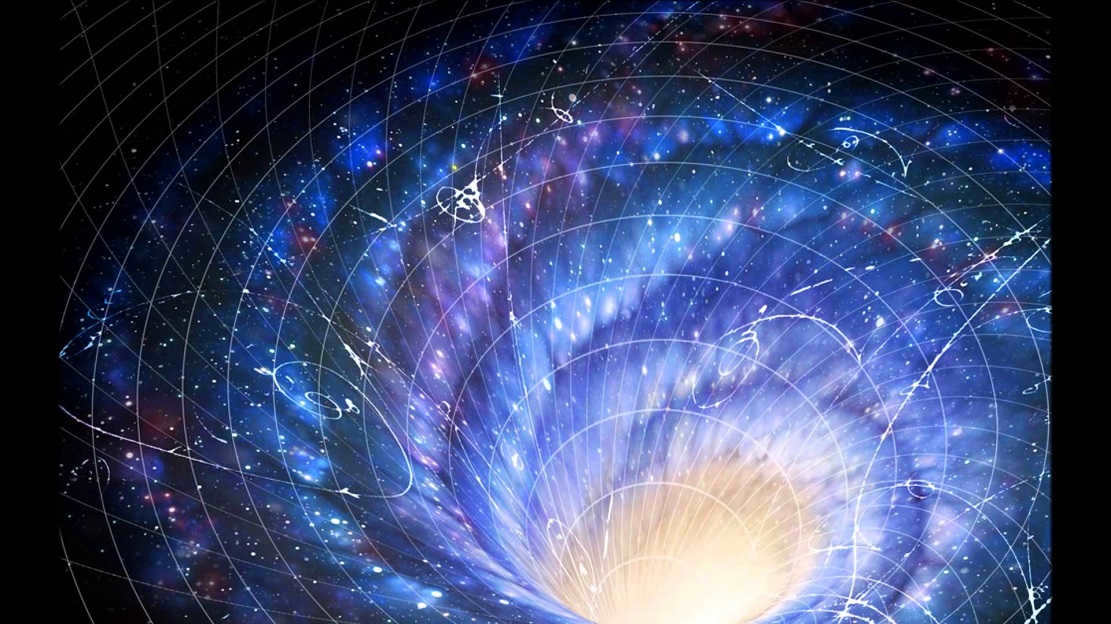
One of the fundamental questions that has always preoccupied humanity is the inquiry into the origins of the universe. Naturally, there is no definitive answer to this question, and it is unlikely that one will be obtained in the foreseeable future. Nevertheless, scientific research is actively pursuing this line of inquiry and developing a theoretical model of the universe’s creation. To begin, let us examine the fundamental properties of the cosmos that must be accounted for within the framework of the cosmological model:
- The age of the Universe in the model should be greater than the age of the oldest objects in the world.
- The model must explain the initial abundance of elements.
- The model should consider the observed large-scale structure of the Universe.
- The model must explain the observed relic background.
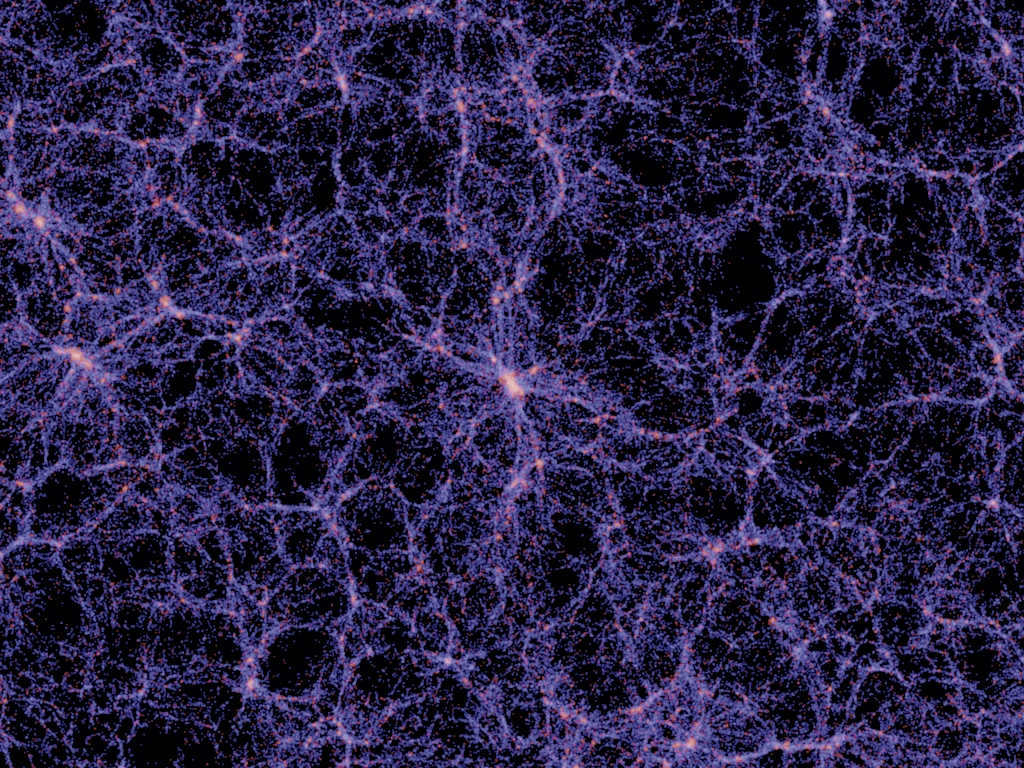
The structure of the Universe on a large scale
Now, we will delve into the prevalent theories regarding the creation of the universe within the scientific community.
A Concise Account of the Universe’s Past
Allow us to provide a succinct overview of the widely accepted hypothesis regarding the inception and early development of the Universe, a theory that finds favor among the majority of scientists. Presently, the Big Bang theory encompasses both the hot Universe model and the concept of the Big Bang. While these notions initially stood apart from one another, their fusion has allowed for an explanation of the Universe’s original chemical makeup and the existence of residual radiation.
As per this hypothesis, the cosmos came into existence approximately 13.77 billion years ago from a highly compressed and heated entity – a singular state that is not adequately explainable within the confines of contemporary physics. The issue with the cosmological singularity, among various other factors, is that when describing it, the majority of physical parameters such as density and temperature tend to approach infinity. Simultaneously, it is established that at infinite density, entropy (a gauge of disorder) must approach zero, which does not align with infinite temperature.

The artist’s conception of singularity
- The period immediately following the Big Bang, known as the quantum chaos stage, is characterized by the disintegration of continuous unified space-time into quantum particles. The nature of the universe during this stage is beyond the scope of our current understanding of physics.
Resources about the subject

- The Planck moment refers to the moment when quantum chaos ends, occurring at 10 -43 seconds. During this moment, the Universe’s parameters were equivalent to Planckian quantities, such as Planckian temperature (approximately 10 32 K). At the Planck moment, all four fundamental interactions (weak, strong, electromagnetic, and gravitational) merged into a single interaction. It is impossible to consider the Planck moment as an extended period since modern physics does not operate with parameters smaller than Planck parameters.
- Radiation domination stage. The following phase in the evolution of the Universe encompasses multiple stages. During this phase, the temperature of the Universe initiates its decline, giving birth to quarks, followed by hadrons and leptons. In the epoch of nucleosynthesis, the primary chemical elements are generated, including the synthesis of helium. Nevertheless, radiation still maintains its dominance over matter.
- The epoch of matter domination. After 10,000 years, the energy of matter gradually surpasses that of radiation, leading to their separation. Matter starts to predominate over radiation, giving rise to the relic background. Additionally, the separation of matter from radiation greatly amplifies the initial inhomogeneities in the matter distribution, resulting in the formation of galaxies and supergalaxies. The laws governing the Universe take on the form that we currently observe.
The image above is a compilation of numerous fundamental theories, providing a broad understanding of the early stages of the Universe’s formation.
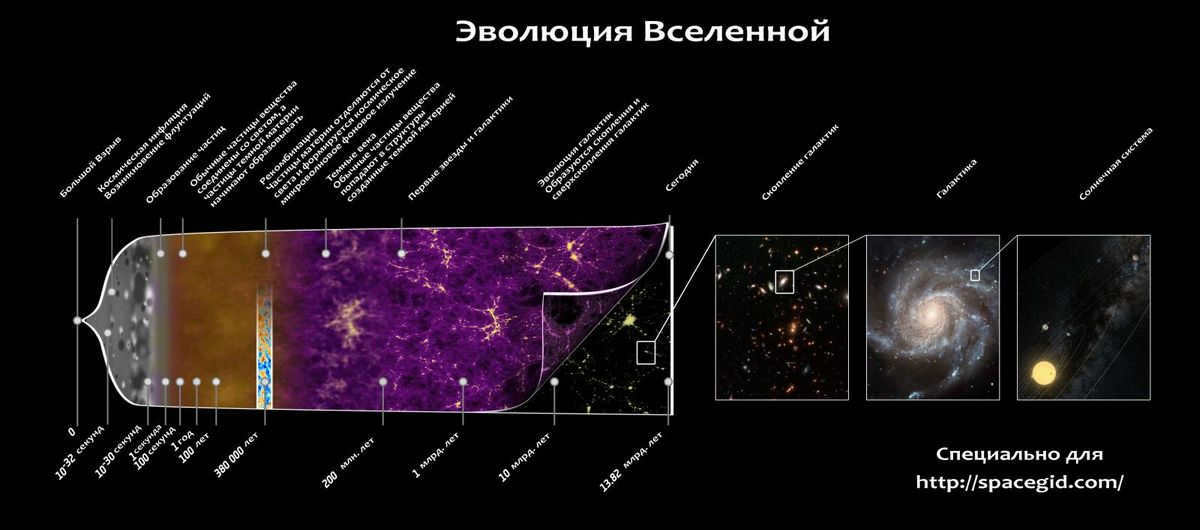
The Origins of the Universe
Have you ever wondered where the universe came from? This is a question that has puzzled scientists for centuries. One possible explanation is that the universe emerged from a cosmological singularity. However, this raises another question: where did the singularity itself come from?
Unfortunately, there is no definitive answer to this question. However, there are several cosmological models that attempt to explain the origins of the universe. These models propose different theories about how the singularity formed and what happened before the universe came into existence.
Cyclical models
These models are founded on the proposition that the Universe has perpetually endured and solely modifies its condition over time, transitioning from expansion to contraction – and then returning.
- The theory proposed by Loris Baum and Paul Frampton suggests that the Universe follows a cyclic pattern. According to their theory, after the Big Bang, the Universe will continue to expand due to dark energy until it reaches a point of “disintegration” known as the Big Break. In a closed system, it is known that entropy does not decrease according to the second law of thermodynamics. This poses a problem for the Universe returning to its initial state, as entropy would need to decrease during this process. However, Baum and Frampton’s theory offers a solution to this problem. They propose that just before the Big Bang, the Universe breaks into multiple “shreds,” each with a relatively low level of entropy. Through a series of phase transitions, these “shreds” generate matter and evolve in a similar way to the original Universe. These new worlds do not interact with each other as they move apart at speeds faster than that of light. This allows scientists to avoid the cosmological singularity that initiates the birth of the Universe in most cosmological theories. In essence, at the end of its cycle, the Universe breaks apart into multiple non-interacting worlds that will become new universes.
- Conformal cyclic cosmology refers to the cyclic model developed by Roger Penrose and Vahagn Gurzadyan, which suggests that the Universe can transition into a new cycle while still adhering to the second law of thermodynamics. The key idea behind this theory is that black holes effectively erase information, leading to a decrease in entropy and allowing for the initiation of a new cycle that resembles the Big Bang and concludes with a singularity.
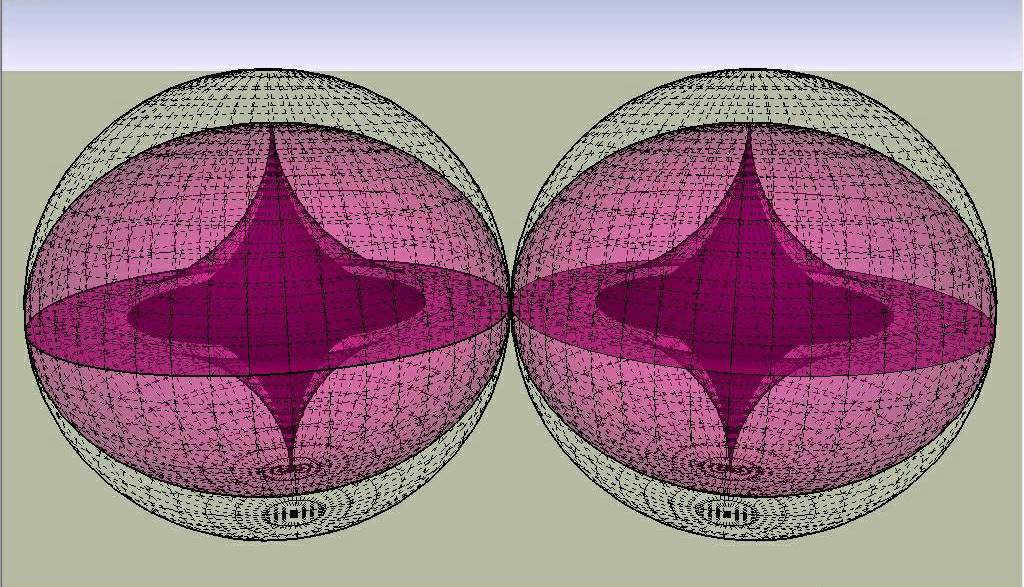
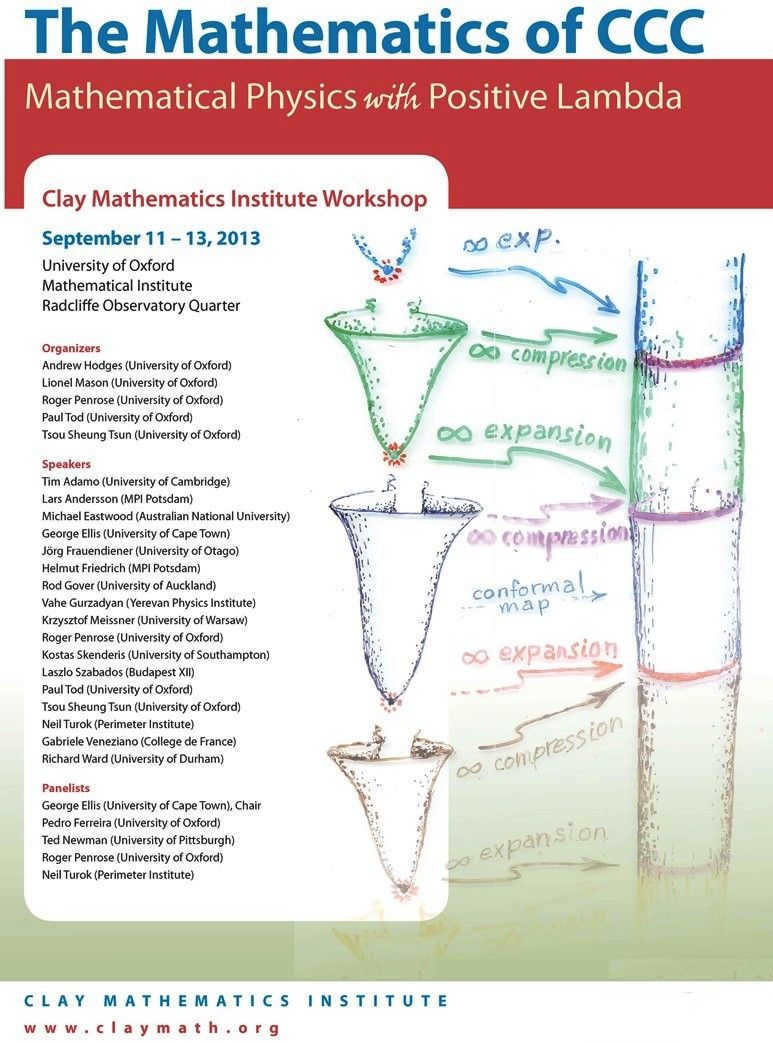
An illustration representing the concept of conformal cyclic cosmology
Different models explaining the origin of the Universe
Among the various theories that attempt to explain the emergence of the observable Universe, two are particularly popular:
- The chaotic inflation theory proposed by Andrei Linde. According to this theory, there exists a scalar field that is not uniform throughout the entire volume of the Universe. In different regions of the Universe, the scalar field has different values. In regions where the field is weak, nothing significant happens, but in regions with a strong field, there is an expansion (inflation) fueled by the energy of the field. This expansion leads to the formation of new universes. Consequently, this scenario suggests the existence of multiple worlds that did not emerge simultaneously and have their own distinct set of elementary particles and natural laws.
- According to Lee Smolin’s theory, the Big Bang is not the initial point of the Universe’s existence, but rather a transition between two states. Before the Big Bang, the Universe existed as a cosmological singularity similar to a black hole’s singularity. Smolin proposes that the Universe may have originated from a black hole.
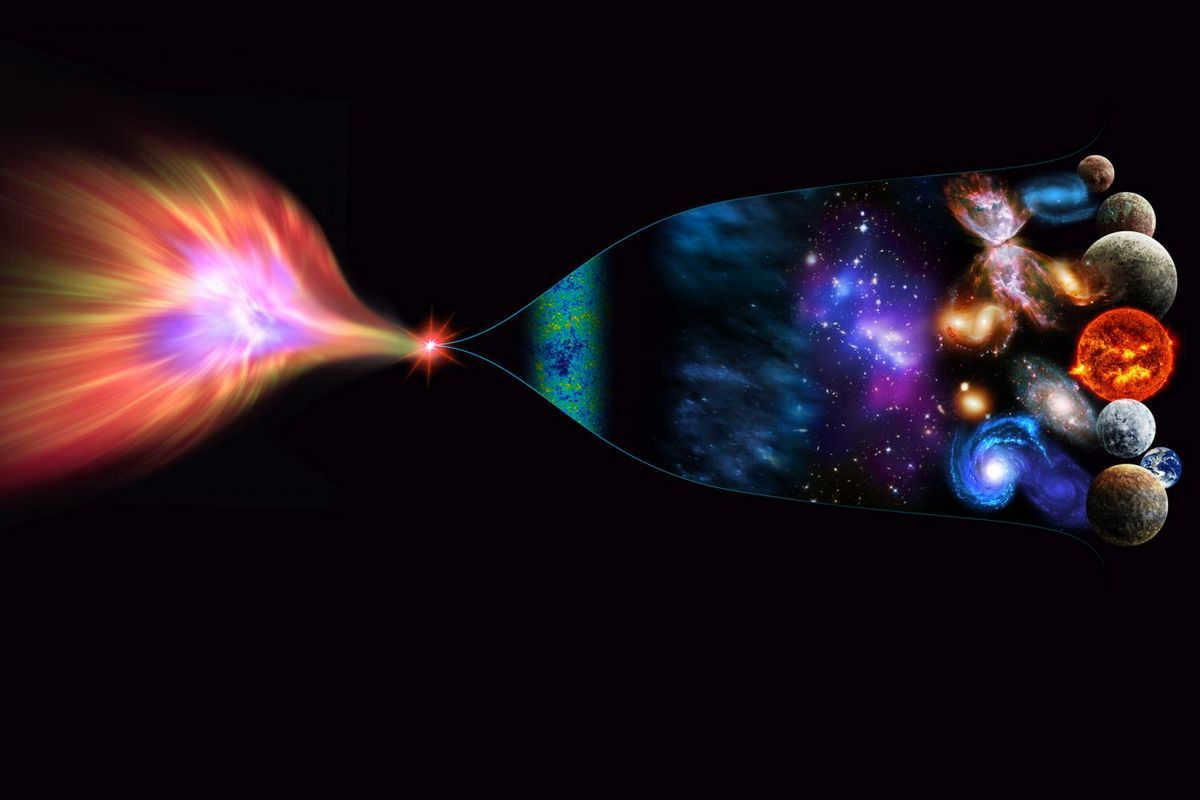
The origin of the universe can be explained by the birth of the universe from a black hole.
Overview
While cyclic and other models provide answers to various questions that the Big Bang theory fails to address, such as the issue of the cosmological singularity, the combination of the Big Bang theory with inflationary theory offers a more coherent explanation for the origin of the universe and aligns with numerous observations.
Currently, scientists are actively researching various possible scenarios for the origin of the Universe. However, it is highly unlikely that we will be able to provide a definitive answer to the question “How did the Universe come into existence?” in the foreseeable future. There are two main obstacles to achieving this: firstly, obtaining direct evidence for cosmological theories is practically impossible and we can only rely on indirect evidence; secondly, even in theory, it is impossible to gather precise information about the state of the world prior to the Big Bang. Due to these limitations, scientists are left with the task of formulating hypotheses and constructing cosmological models that aim to accurately describe the nature of the observable universe.
If you found this post interesting, feel free to share it with your friends!
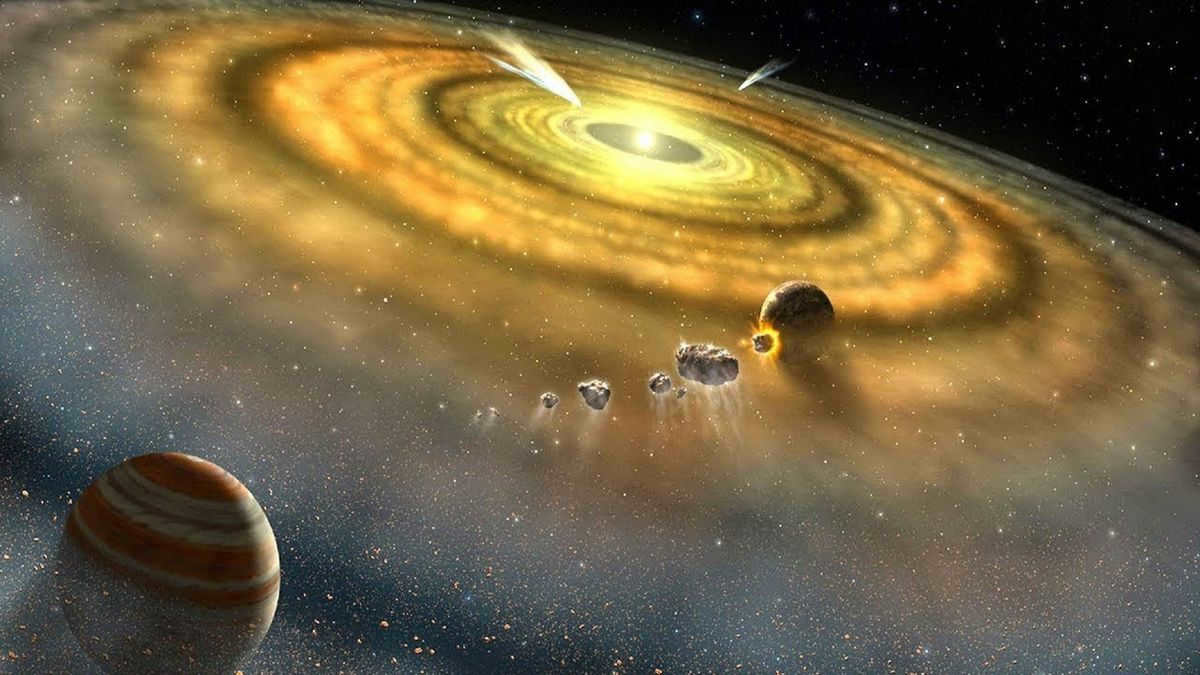
The investigation of the planet Earth’s origin has been a subject of study for scientists over the course of many centuries. I. Kant and P. Laplace were among the first to propose plausible theories in the 18th century. Presently, the most widely accepted and popular theory is the Big Bang theory. O. Yu. Schmidt, a Soviet scientist, offered his own version of our planet’s origin, suggesting that it emerged from a gas-dust cloud.
Starting from the 18th century, astronomers have been putting forth various theories regarding the formation of the universe. Among their primary focuses of interest was the formation of our own planet. Understanding the formation of the Earth as part of the solar system is crucial as it grants us insight into the nature of the ongoing processes. This knowledge may provide clues about what lies ahead for our planet.
The Solar System and its Uniqueness
When it comes to the Solar System, it is important to recognize its distinctiveness, even though it is not the sole system in the vast cosmos. However, humanity’s scientific understanding is still limited within its boundaries.
The term “Solar System” typically refers to the Sun, planets, and smaller celestial bodies. In order to study the age of the Earth and other planets, scientists analyze rock samples. They consider the ratio of radioactive uranium to lead content, as lead is the final product of uranium decay and the rate of decay is well-known. Through this analysis, they can estimate the age of the soil.
The oldest known rocks on Earth are billions of years old. According to the latest scientific data, the Sun is approximately 5 billion years old. Therefore, it can be inferred that the Earth formed not long after the Sun.
Original Hypotheses
The initial scientific conjectures pertaining to the formation of the Earth were put forth by I. Kant and P. Laplace during the 18th century.
I. Kant’s theory, which aligned with materialism, was developed based on the law of universal gravitation. According to Kant, the planet was created from a disorderly cloud of cold dust particles.
P. Laplace presented a more reasoned perspective on the origin of the Earth. He posited that it arose from a rotating gas nebula. Laplace cited the concentration of the majority of the system’s mass in the Sun and the near alignment of the planetary orbits. He also took into consideration the planets’ rotation around both the Sun and their own axes. Unlike Kant, Laplace believed that the particles were not cold, but rather in a hot, nearly molten state.
Both of these theories have been debunked by modern knowledge.
The Theory of the Big Bang
The prevailing hypothesis today is the Big Bang theory. It suggests that before the expansion, the universe existed in a state of singularity, characterized by an extremely high density of matter. It was essentially a scorching hot fireball. At a certain point, it underwent an explosion, causing the matter to scatter and energy to flow with tremendous force over vast distances. Due to the intense temperature and velocity, the particles were unable to come together for approximately a million years. However, their temperature gradually decreased over time.
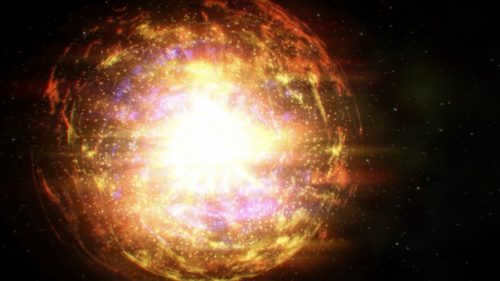

Once the particles had cooled to a temperature of around 4,000 °C, the formation of atoms began. The initial elements to form were the lightest ones, hydrogen and helium. As the temperature dropped further, the atoms grew heavier. Researchers theorize that due to the Sun’s incredibly high temperatures, it is still in the process of creating new elements. This phenomenon is also observed in other stars.
From these emerging atoms, clouds of gas and dust came into existence. These particles collided and their gravitational forces caused them to merge. It is through this attraction of smaller objects to larger ones that the Sun, planets, and galaxies were eventually formed.
Scientists assert that the expansion of the Universe is an ongoing process. The distance between Earth and faraway galaxies continues to steadily increase.
To sum up, the Big Bang theory is rooted in the notion that the universe was initially exceptionally hot. Our scientific understanding enables us to ascertain the extent to which it has since cooled. As we approach the dawn of the 21st century, the temperature of the universe is acknowledged to be -270 °C.
From Gas to Solid
The theory put forward by Soviet scientist Academician O. Yu. Schmidt is worth considering. According to his hypothesis, the planets in our solar system originated from a cloud of gas and dust. Initially, the particles in this cloud moved in a chaotic manner, each following its own orbit around the newly formed Sun. Over time, these orbits stabilized and became more or less aligned in the same plane, causing the cloud to flatten out. As a result, the particles began moving in the same direction. Eventually, smaller particles started to join together with larger ones, forming clusters of matter. This gradual process eventually gave rise to the formation of the planets.
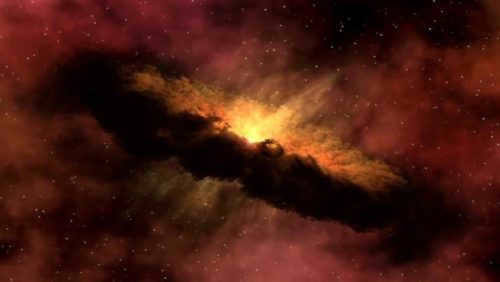
Formation of Planets
According to the hypothesis put forward by O. J. Schmidt, the Earth was cold on its surface, but inside, there was a process of radioactive decay of elements. This led to extremely high temperatures, causing the center to melt and give rise to a core. Lighter substances rose to the surface and formed the crust.
This theory also provides an explanation for the differences in structure between the Earth-like planets and the giant planets. The intense heat near the Sun caused hydrogen and helium atoms to disperse. As the temperature dropped in remote parts of the gas-dust cloud, these atoms quickly accumulated and froze into solid particles. This is how the giant planets, with their greater mass and volume, were formed.
The original inhabitants of Earth
Based on modern theories, it is estimated that life originated on Earth approximately 4 billion years ago. Putting religious beliefs aside, the emergence of humans on Earth can be understood through the lens of Charles Darwin’s theory of evolution.
The existence of life on Earth is reliant on the presence of water. The formation of the Earth’s oceans can be attributed to a time when the planet’s surface was extremely hot. Water vapor emerged from this heat and, as it cooled, condensed into liquid form. As the surface temperature decreased further, the rate of water evaporation diminished.
The process of the origin of life on Earth can be divided into three main stages: the formation of organic matter, the development of proteins, and the emergence of protein bodies. Scientific research has demonstrated that ultraviolet rays, specifically, are capable of facilitating the synthesis of amino acids and other organic compounds.
It is widely believed that anaerobic bacteria first appeared on Earth’s surface approximately 4 to 2.5 billion years ago. This was followed by the emergence of aerobic eukaryotes between 2.5 and 1.6 billion years ago. The Mesozoic Era, which spanned from 252 to 66 million years ago, witnessed the arrival of birds and mammals on Earth.

According to scientific research, the first appearance of human beings on Earth occurred approximately 2.6 million years ago. These early humans, known as homo habilis or “skillful man,” are believed to have evolved from Australopithecus, a primate-like ancestor. Homo habilis exhibited more similarities to modern humans in terms of their body structure. The discovery of homo habilis fossils in Tanzania in 1960 marked a significant milestone in understanding the evolution of living organisms.

